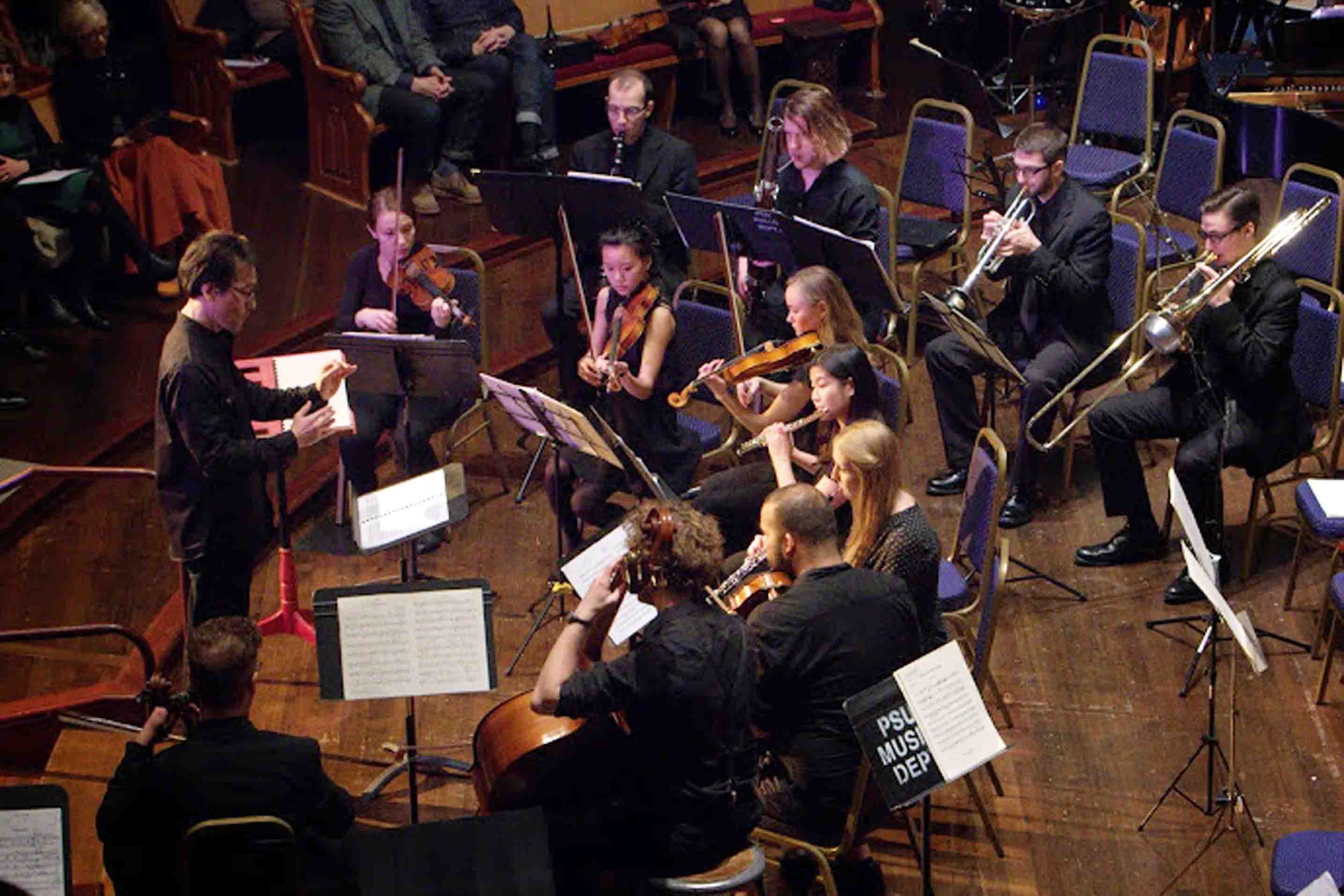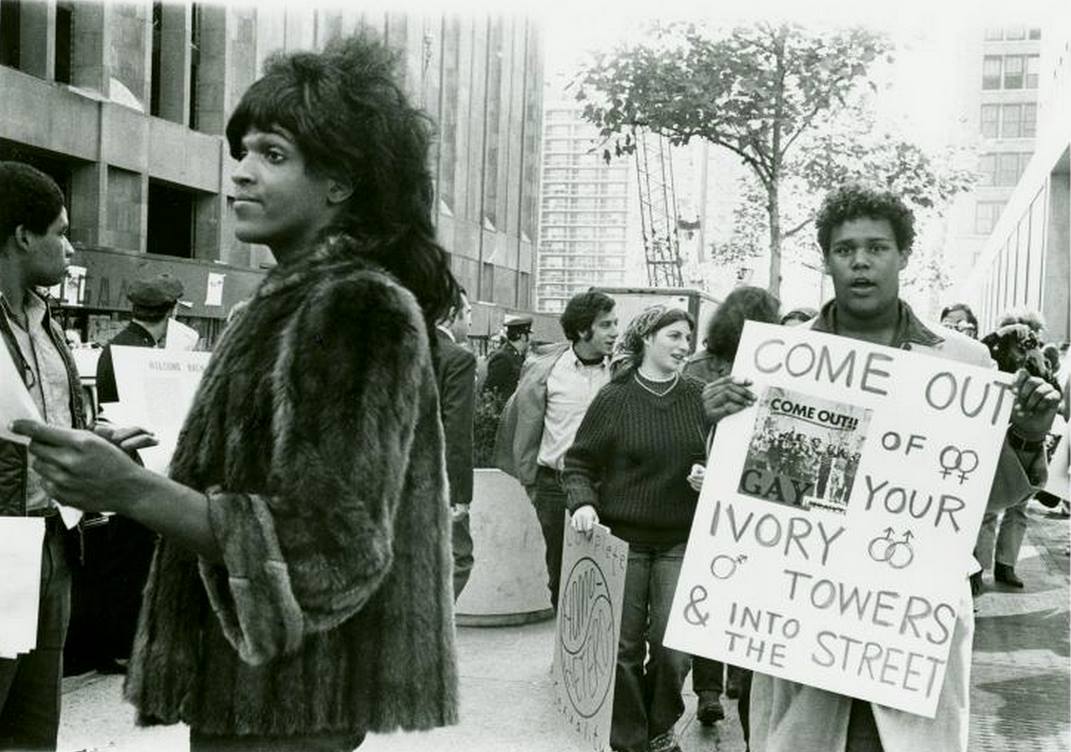Nintendo’s newest console, the Switch, is flying off the shelves at a pace no one, not even the Nintendo executives, was expecting, and it’s for one reason: the latest addition to the adventures of our favorite sword-slinging, world-saving, fairy-bottling mute, Link, in The Legend of Zelda: Breath of the Wild.
This is what we’ve been preparing for. The entire Legend of Zelda saga has been training us for this adventure. You’ll have to put the button-mashing, master sword swinging aside, because this quest is Link’s toughest yet. With an open world larger than any previous Zelda game—it’s approximately the size of Kyoto, Japan—the trials are arduous, the monsters are relentless, and the weather can literally kill you. It’s time to brush up on your Link survival tactics, because the learning curve (and the surprisingly formidable basic monsters) will leave you continuing at your last save more often than you’ve died in every other Zelda game combined. I guarantee it.
Though the battles may be harder and more intuitive, which is actually a nice change from the tedious swinging and waiting for the enemy to fall, the real adventure is the exploration of the vast world of Hyrule. The game starts you off trapped on a giant plateau, with an array of landscapes you can explore: simple yet relaxing fields of flowers and brush, forests densely populated with critters, and Mount Hyrule itself, a looming mountain covered in snow and surrounded by an icy river. The plateau acts as a tutorial over-world to prepare you for what’s out there.
As you start to explore, you soon realize how expansive the world truly is. The tutorial plateau, while only a small fraction of the entire map, is almost twice the size of the entire playable area in 1998’s Ocarina of Time. It’s easy to get lost once you’re off the plateau and thrust into the world below, but it’s the good kind of lost, the kind where you find a quaint fishing hole to spend time recuperating, follow a traveler up a mountainside, or forego the beaten path and scale the mountain all the way to the peak.
Speaking of scaling mountains, there is almost literally nothing you can’t climb in this game, meaning any mountain you see on the horizon can be ventured and tamed. In fact, I highly recommend you stand upon as many summits as you can, for each yields a broad perspective of the grandiose landscapes and wilderness across the realm, even those on the complete opposite side of the map.
Standing atop a mountain in this game brings out the aesthetic beauty in everything about it. Each region is geographically unique, boasting lush environments brimming with nature so serene they make you forget the world is being terrorized by an ancient Calamity hell bent on soaking the land in evil and misery. Lucky for us, that hasn’t happened yet!
I’ve hardly even touched the main campaign since starting the game, and the condition of the world doesn’t seem to be deteriorating too quickly, so it’s safe to assume this evil entity is considerate enough to allow a little indulging in exploration, which is nice, since the incredibly elaborate map is begging to be turned inside-out. Exploring this world doesn’t just mean turning every stone or climbing every tree (though those are prudent deeds one should get around to) but discovering the intricacies of the game: experimenting with all the cooking ingredients and the dozens of unique recipes you can concoct; helping all the inhabitants with tasks that reward you; learning the lore and history of Hyrule; and finding the best weapons, armor and myriad hidden tools that bestow special attributes. The sheer amount of interests Link can pursue at any given time is baffling. You could adopt a whole new hobby just within the realm of this one game.
The Legend of Zelda series has always boasted distinguished musical scores, and Breath of the Wild is no slouch. While it may not steer the narrative with melodic symphonies as in other Zelda titles, the music floats by intermittently while you voyage across the world, subtly filling the moment with a quiet sense of euphoria. At first, I was disappointed, as I have been an admirer of the majestically thematic soundtrack ever since playing my first adventure as Link.
As I carried on, though, the surreptitious tunes grew on me, and continued to grow on me, until I noticed every place I traveled was accompanied by a faint motif endowing it with feeling. The subtle and sporadic nature of the music ensures it never grows old, unlike previous adventures where a melody would repetitiously carry on until you left the room (not that I disliked that). With a new, open world, Nintendo approached the music in a different way and nailed it. As visually stimulating as the game is, the sounds and songs bolster it even more in a blissful, satisfactory way.
The Legend of Zelda: Breath of the Wild is tough. By that I mean it’s tough to pull away from once you realize the possibilities. The easiest part of this game, besides dying unexpectedly early, is falling into a mesmerized state of wanderlust where neither you nor your controller can break free from the impulse to carry on through this fantastical, vivid, immersive world. While there is a slight sense of redundancy after traversing through several forests and fields of similar composition, the grand scheme and allure of the entire map never ceases to inspire awe.
Nintendo has fully captured the essence of Shigeru Miyamoto’s original intention to create a “miniature garden that [players] can put inside their drawer.” Prepare to get lost in a beautifully crafted, intricately planned adventure where the only ceiling is your own creativity and inventiveness.
Just remember not to attack the chickens.







I haven’t played console/barely any video games in years, and this review makes me super nostalgic for Hyrule. Totally want to play this game. Excellent piece!